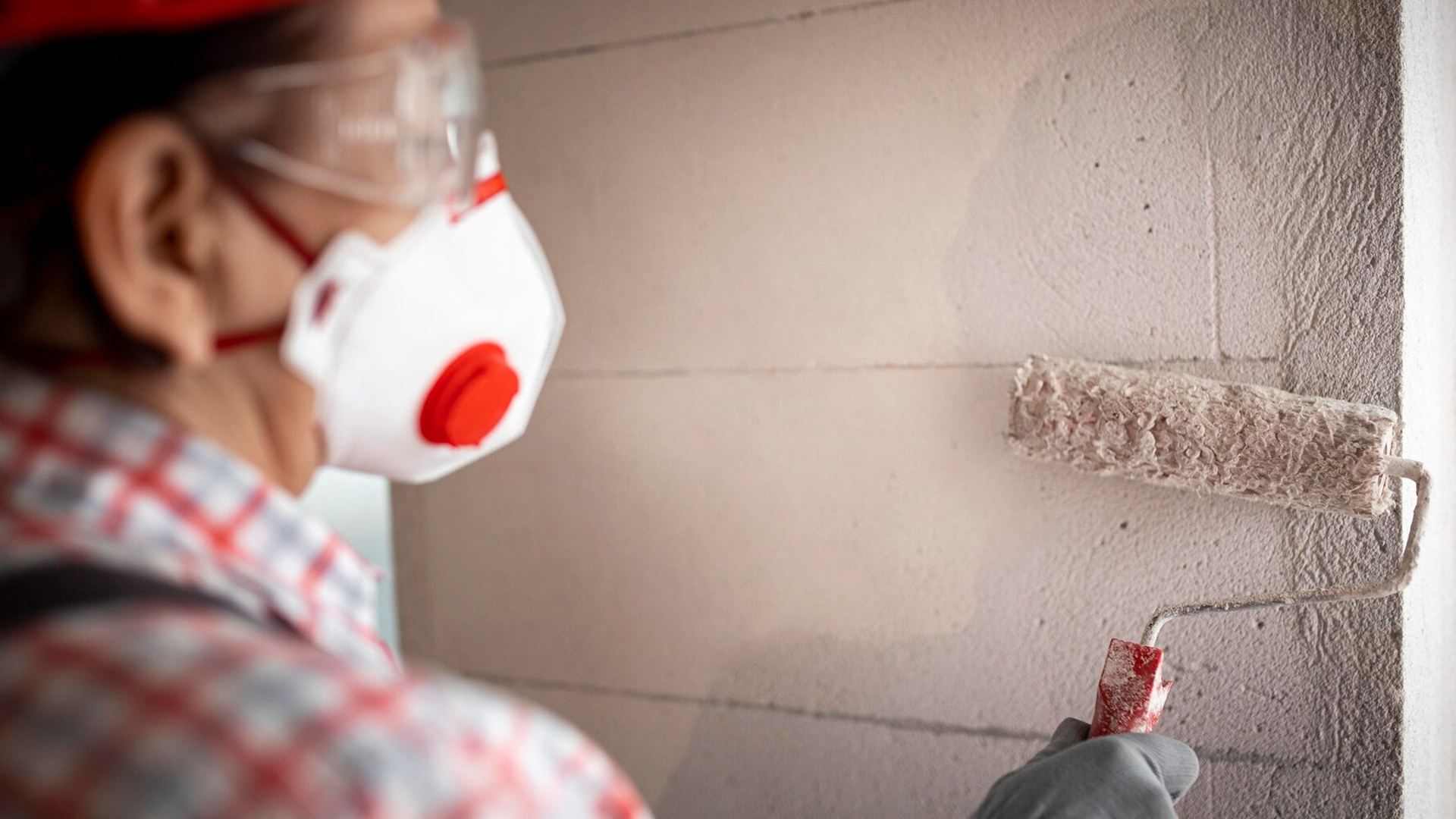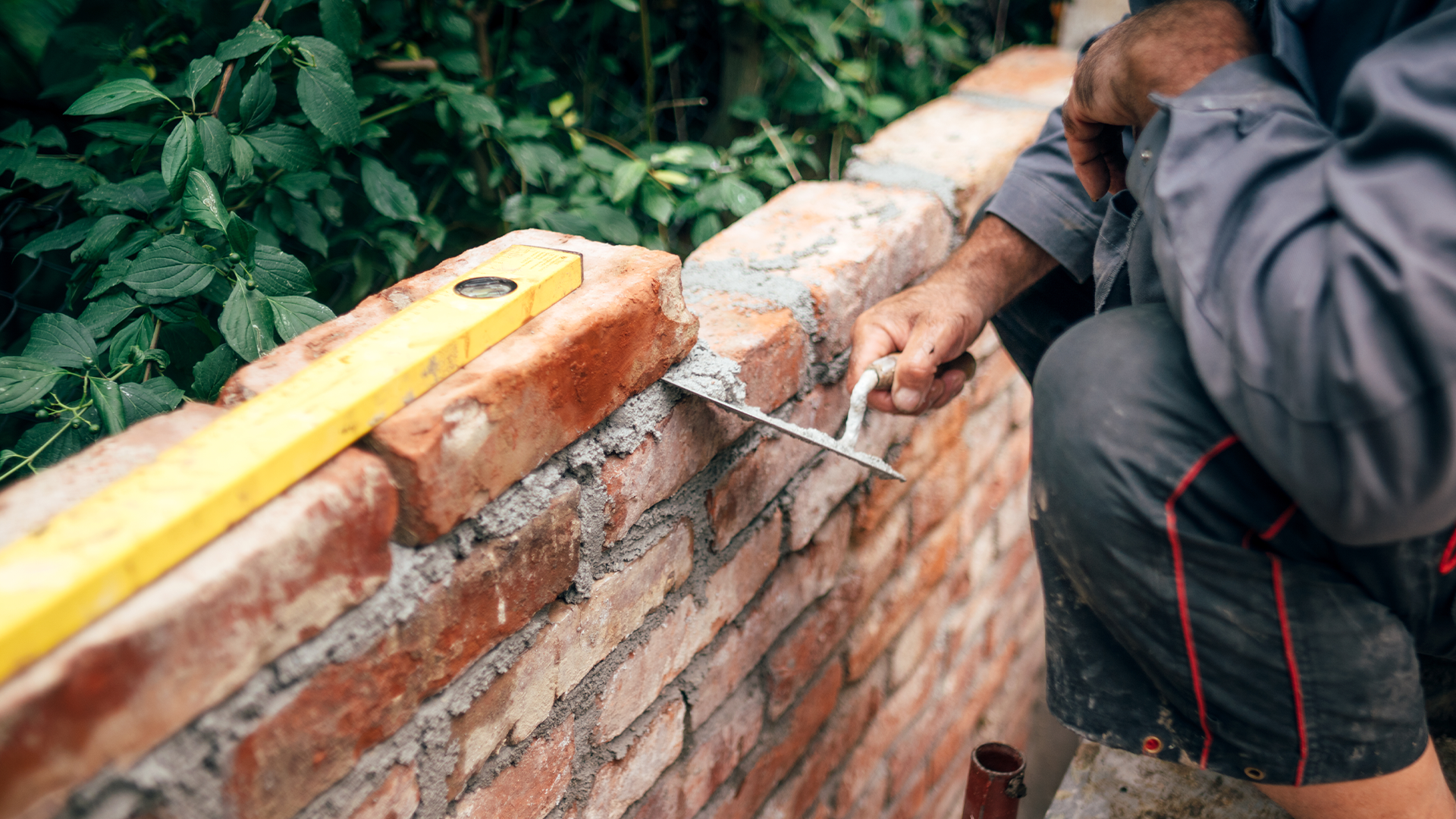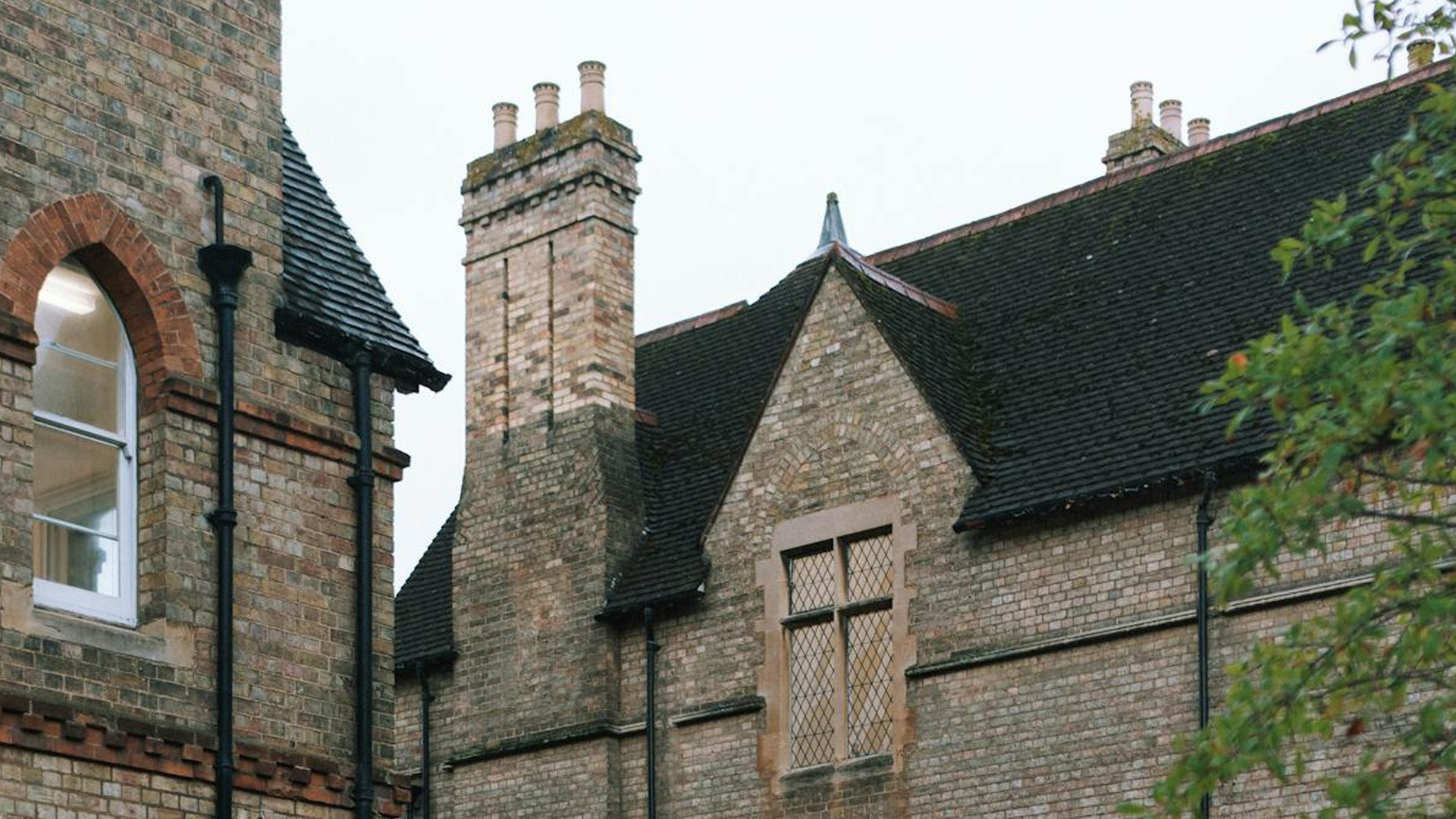Are those stinky mould growth on walls and ceiling of your apartment bothering you too much lately? Do not overthink anymore as this blog is here to rescue you from the current mould problems!
Mould development isn’t just unpredictable but can also pose serious health problems and permanent damage to your house’s infrastructure. You need to dig a little deeper into the science behind mould growth to understand well how to get rid of mould on walls permanently. This article enlists all the possible reasons leading to mould growth, the elements that make them persist, and primarily tested methods to get rid of them once and for all. Let’s begin.
Knowing Mould Growth
Mould is a fungus variant that blooms in damp and moist conditions. It forms progenies by releasing spores into the air which further sit on surfaces and grow to maturity under proper conditions. Dampness, warmth, and organic trace contribute towards their nourishment.
The Role of Moisture
The main factor promoting the mould growth on walls is moisture. Mould spores can thrive in ideal conditions created by leaks in the plumbing system, damage to the roof, moisture, or even extreme humidity. Once moisture seeps into the walls, it creates the perfect conditions for mould growth.
Identifying Common Types of Mould
Tips and strategies on how to get rid of mould on boils permanently in golf understanding the common types of mould generally found on walls. Penicillium, Aspergillus, and Stachybotrys chartarum (black mould) are among the mostly found ones. Though several moulds grow to be harmless, others can significantly form toxins that affect human health, raising respiratory concerns for the inhabitants.
Health Risks Associated with Mold Exposure
Mould exposure can trigger allergic reactions, and respiratory problems, and aggravate existing health conditions. Prolonged exposure to certain types of mould, such as black mould, can even lead to more severe health issues. Therefore, prompt action to remove mould is essential for maintaining a healthy indoor environment.
Proven Methods on How to Get Rid of Mould Growth on Walls Permanently
1. Identify and Address the Source of Moisture
To effectively eliminate mould, it’s crucial to identify and fix any sources of moisture intrusion. This may involve repairing leaks, improving ventilation, or using dehumidifiers to reduce indoor humidity levels.
2. Thorough Cleaning with Mold-Killing Products
Once the source of moisture is addressed, it’s time to clean the mould-infested walls thoroughly. Use commercial mold-killing products or a homemade solution of water and detergent to scrub the affected areas. Be sure to wear protective gear, such as gloves and a mask, to avoid exposure to mould spores.
3. Dry the Walls Completely
After cleaning, allow the walls to dry completely. Use fans or dehumidifiers to speed up the drying process and prevent residual moisture from promoting further mould growth.
4. Apply Mould-Resistant Paint or Sealant
To prevent future mould growth, consider applying mould-resistant paint or sealant to the walls. These products contain additives that inhibit mould growth, providing an extra layer of protection against recurrence.
Preventive Measures to Keep Mould at Bay
One of the key insights on how to get rid of mould on boils permanently is to understand that preventive measures can help keep your walls mould-free in the long term. Some preventive strategies include:
- Regularly inspecting for leaks and addressing them promptly.
- Improving ventilation in areas prone to moisture buildup, such as bathrooms and kitchens.
- Using exhaust fans or opening windows when cooking or showering to reduce humidity levels.
- Keeping indoor humidity levels below 60% to inhibit mould growth.
The Science Behind Mould Growth on Walls
Mold spores are present everywhere in the environment, but they require specific conditions to grow and thrive. When spores land on a surface with sufficient moisture, warmth, and organic matter, such as drywall or wallpaper, they begin to germinate and form colonies. These colonies then produce more spores, perpetuating the cycle of mould growth.
Moisture is the primary factor that fuels mould growth. Whether it’s from a leaky pipe, a roof leak, or excessive humidity, any source of moisture can create an environment conducive to mould growth. Once moisture infiltrates the walls, it can become trapped, leading to prolonged dampness and the ideal conditions for mould to flourish.
Organic matter, such as cellulose-based materials found in drywall, wallpaper, or wood, serves as a food source for mould. As mould colonies grow, they release enzymes that break down organic materials, allowing the mould to obtain nutrients for further growth. This is why mould is commonly found on surfaces such as walls, ceilings, and floors where organic matter is abundant.
Certain types of mould, such as black mould (Stachybotrys chartarum), can produce mycotoxins that pose health risks to humans and pets. Mycotoxins are toxic compounds released by some moulds as a defence mechanism. Prolonged exposure to mycotoxins can lead to respiratory problems, allergic reactions, and other health issues, making it essential to eliminate mould promptly and effectively.
The Importance of Proper Ventilation
Proper ventilation is crucial for preventing mould growth in indoor spaces. Good ventilation helps to reduce humidity levels and prevent moisture buildup, creating an environment less conducive to mould growth on walls. In areas prone to moisture, such as bathrooms, kitchens, and laundry rooms, installing exhaust fans or opening windows can help expel excess moisture and prevent mould growth on walls and other surfaces.
In addition to mechanical ventilation, improving airflow within the home can also help prevent mould growth. Keep furniture and belongings away from walls to allow air to circulate freely. Consider using fans or air purifiers to improve air circulation in poorly ventilated areas.
Conclusion
Mould growth on walls is a common problem that can have serious consequences for both your health and the structural integrity of your home. By understanding the science behind mould growth on walls and implementing proven methods for elimination, allweathercoating team is a call away to effectively get rid your walls of mould permanently. Remember to address the source of moisture, thoroughly clean affected areas, and take preventive measures to keep mould at bay. With diligence and proper maintenance, you can enjoy a mould-free living environment for years to come.









